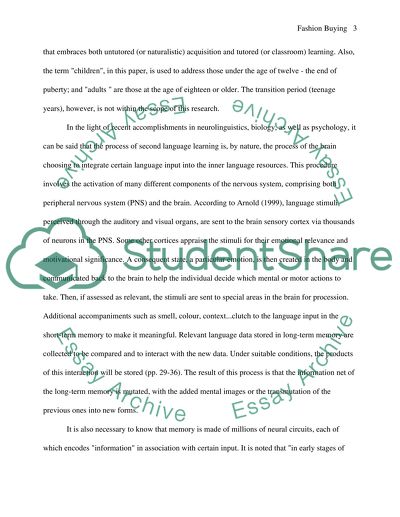Cite this document
(“Approaches to research Essay Example | Topics and Well Written Essays - 2500 words”, n.d.)
Approaches to research Essay Example | Topics and Well Written Essays - 2500 words. Retrieved from https://studentshare.org/psychology/1518486-approaches-to-research
Approaches to research Essay Example | Topics and Well Written Essays - 2500 words. Retrieved from https://studentshare.org/psychology/1518486-approaches-to-research
(Approaches to Research Essay Example | Topics and Well Written Essays - 2500 Words)
Approaches to Research Essay Example | Topics and Well Written Essays - 2500 Words. https://studentshare.org/psychology/1518486-approaches-to-research.
Approaches to Research Essay Example | Topics and Well Written Essays - 2500 Words. https://studentshare.org/psychology/1518486-approaches-to-research.
“Approaches to Research Essay Example | Topics and Well Written Essays - 2500 Words”, n.d. https://studentshare.org/psychology/1518486-approaches-to-research.


